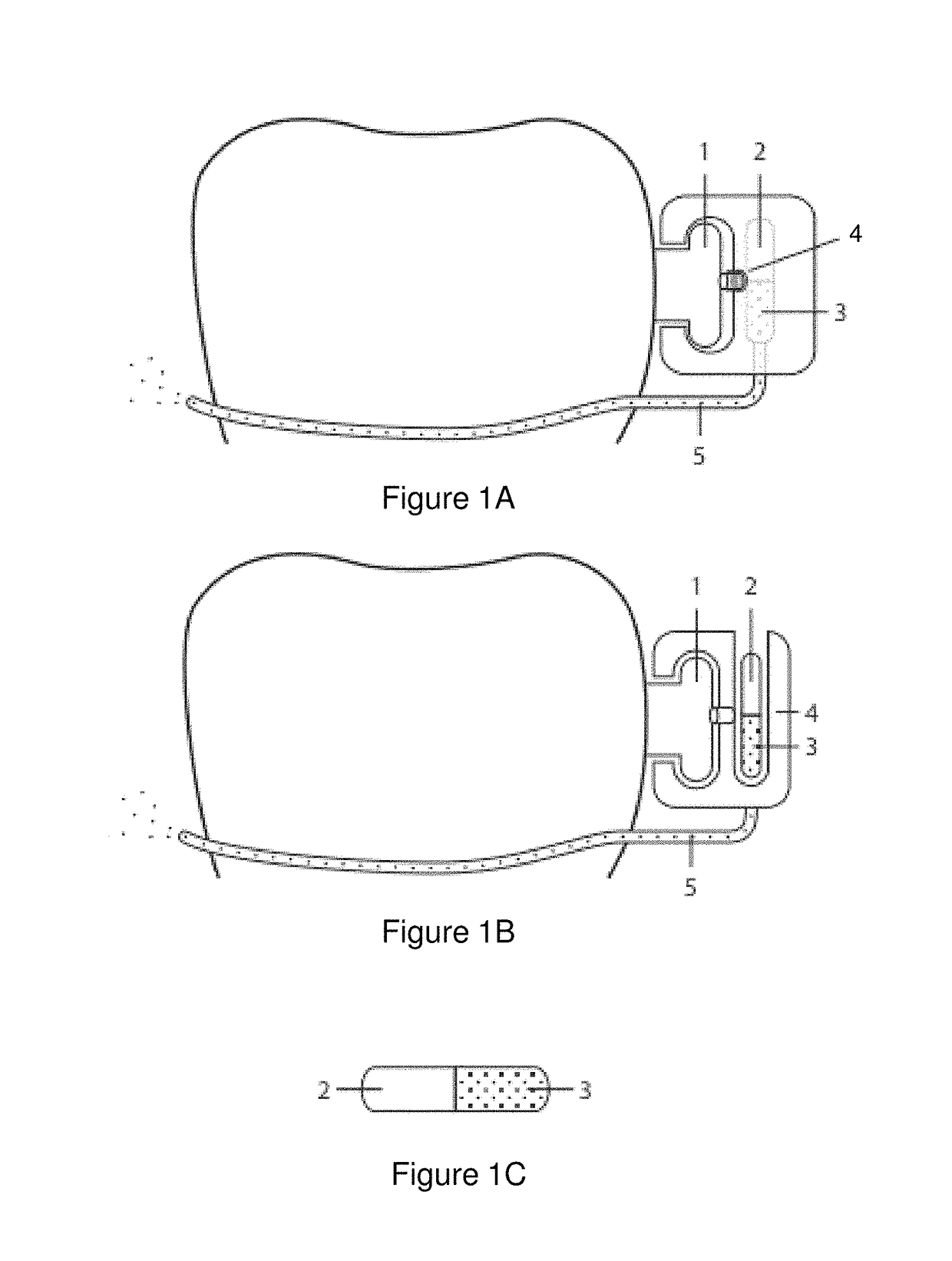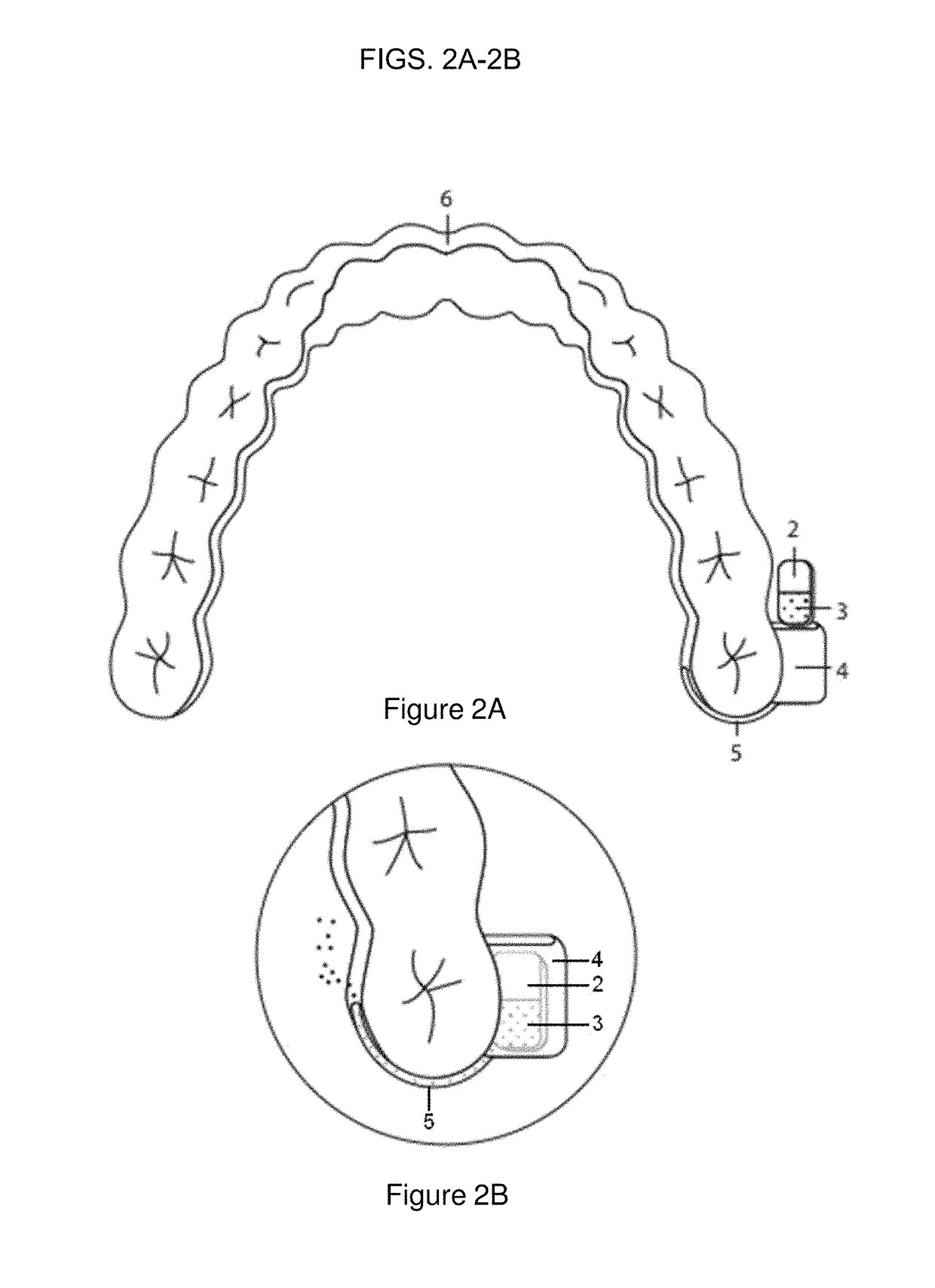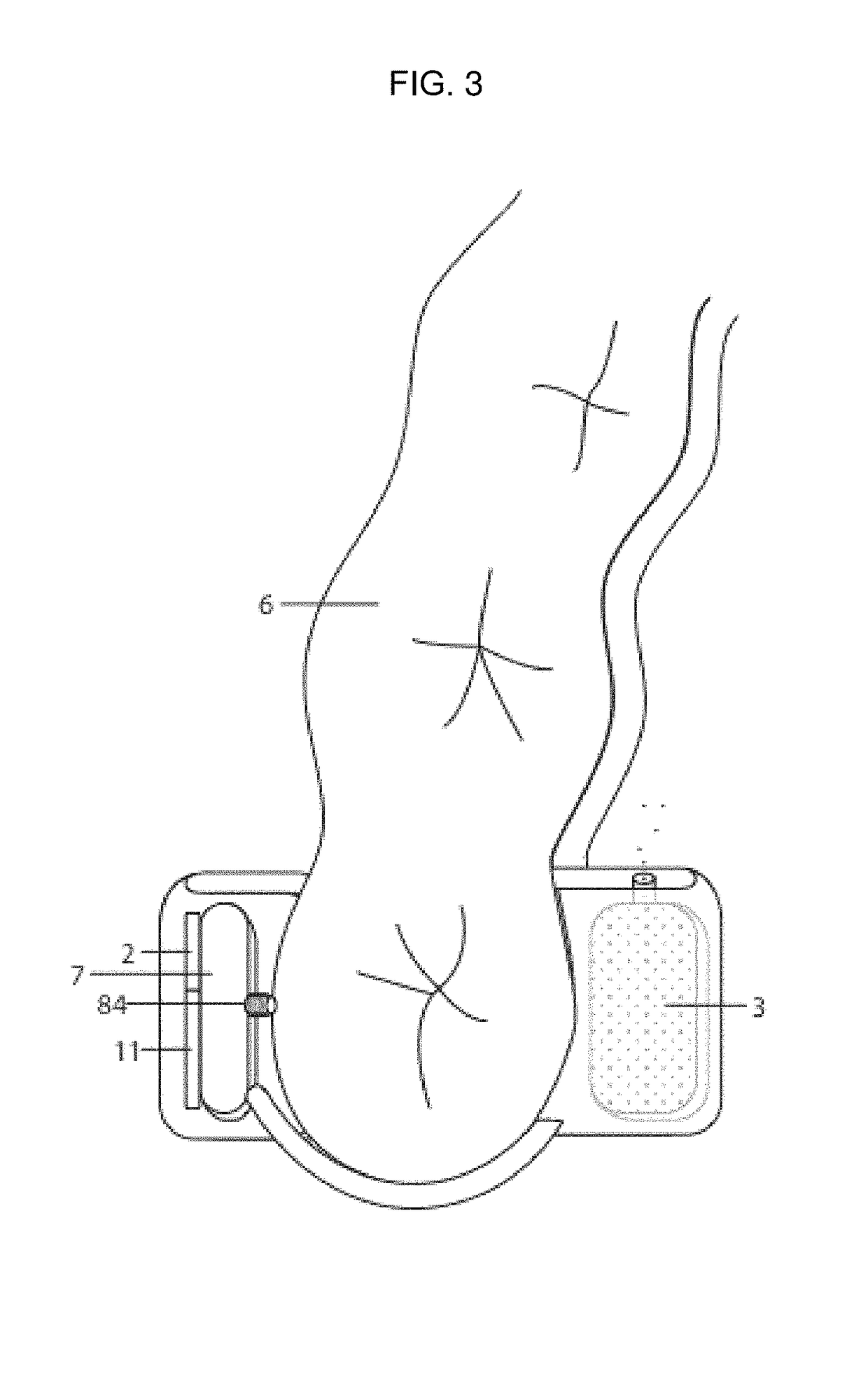Pharmaceutical suspensions containing drug particles, devices for their administration, and methods of their use
a technology of drug suspension and drug particles, which is applied in the direction of drug compositions, aerosol delivery, inorganic non-active ingredients, etc., can solve the problems of not being designed for placement and operation in the mouth, reacting with the drug, clogging the delivery device, and not being able to predict the effect of drug extraction and delivery
- Summary
- Abstract
- Description
- Claims
- Application Information
AI Technical Summary
Benefits of technology
Problems solved by technology
Method used
Image
Examples
example 1
on and Extrusion of a 157 mg / mL CD (0.74 M) and 629 mg / mL (3.19 M) LD Solid Particle Containing Suspension, Comprising Only 464 mg / mL of a Carrier Fluid Made of Oil, Water and Surfactant that is Physically Stable and is Also Resistant to Air-Oxidation for a Month, Appropriate for Extrusion into the Mouth
[1075]Ingredients: LD (D50 about 75 μm; D90 about 200 μm); CD (D95 about 100 μm, D80 about 45 μm); Kolliphor RH 40 (from Sigma); Miglyol 812 (Peter Cremer, Cincinnati, Ohio); de-ionized water.
[1076]0.8 g Kolliphor RH 40 also known as Cremophor RH 40 was dissolved by warming and agitation in 1.5 g water. 2.4 g CD and 9.6 LD was added and the mixture was homogenized, then allowed to age for 10 hours with periodic mixing. 4.75 g of Miglyol 812, a medium chain triglyceride, was added, the suspension was homogenized and allowed to age for 3 hours with periodic mixing.
[1077]Most of the LD and most of the CD was particulate, i.e., most of the LD and the CD was suspended, not dissolved. The ...
example 2
he Advantage of Adding Oil to the Carrier Fluid and that without Oil the Suspension is not Physically Stable
[1086]Ingredients: LD, CD, Kolliphor RH 40 and de-ionized water all as in Example 1.
[1087]0.8 g Kolliphor RH 40 was dissolved by warming in 6.5 g water at about 60° C.; the calculated volume of the solution is about 7.26 mL; 2.4 g CD and 9.6 LD (estimated combined volumes of the two drugs, 8 mL) was added and the mixture was homogenized. As in Example 1, most of the LD and most of the CD was particulate, not dissolved. The respective concentrations of CD and LD in the resulting suspension were 157 mg / mL and 629 mg / mL, similar to those in Example 1.
[1088]Unlike the suspension of Example 1, which was not pourable at about 23±2° C., the suspension without oil was pourable; it could be poured and was, unlike the suspension of Example 1, homogenized by shaking. A nearly clear, particle-free liquid layer was observed at the top in the suspension after about an hour, unlike in the oi...
example 3
on and Extrusion of a Physically Stable 156 mg / mL (0.74 M) CD and 624 mg / mL (3.16 M) LD Containing Suspension Comprising Only 460 mg / mL of a Carrier Emulsion, Made with a Food-Grade Oil, Suitable for Infusion in the Mouth
[1090]Ingredients: All as in Example 1, except for the canola oil (Safeway Kitchens, distributed by Safeway, Pleasanton, Calif.) which replaced the Miglyol 812.
[1091]Most of the LD and most of the CD were particulate, i.e., were not dissolved. The composition was similar to that of Example 1, except that 4.7 g of canola oil (density about 0.92 g / mL) was used instead of 4.75 g of Miglyol 812 (density about 0.95 g / mL).
[1092]To prepare the suspension, 0.8 g Kolliphor RH 40 was dissolved by warming and agitation in 1.5 g water. 2.4 g CD and 9.6 LD was added and the mixture was homogenized, then allowed to age with periodic mixing for 4 hours. 4.7 g of canola oil was added, the suspension was re-homogenized by mixing and allowed to age for 3 hours with periodic mixing. T...
PUM
| Property | Measurement | Unit |
|---|---|---|
| dynamic viscosity | aaaaa | aaaaa |
| dynamic viscosity | aaaaa | aaaaa |
| pH | aaaaa | aaaaa |
Abstract
Description
Claims
Application Information
 Login to View More
Login to View More - R&D
- Intellectual Property
- Life Sciences
- Materials
- Tech Scout
- Unparalleled Data Quality
- Higher Quality Content
- 60% Fewer Hallucinations
Browse by: Latest US Patents, China's latest patents, Technical Efficacy Thesaurus, Application Domain, Technology Topic, Popular Technical Reports.
© 2025 PatSnap. All rights reserved.Legal|Privacy policy|Modern Slavery Act Transparency Statement|Sitemap|About US| Contact US: help@patsnap.com



